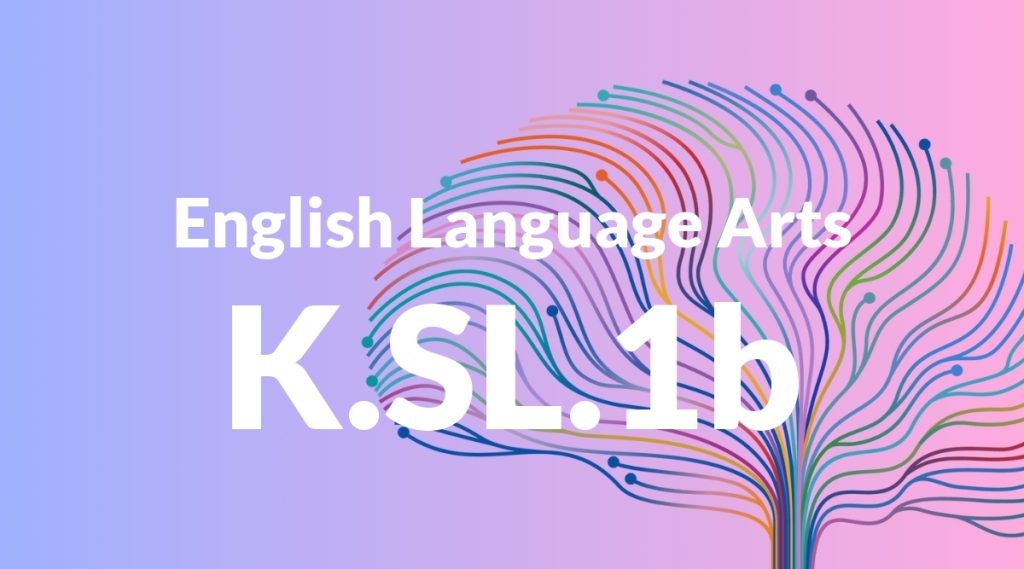Standard: K.SL.1b – Continue a conversation through multiple exchanges.
Grade level: Kindergarten
Subject: English Language Arts
Domain: Speaking & Listening
Teacher Overview
This standard focuses on helping Kindergarten students develop the ability to continue a conversation through multiple exchanges. This skill is crucial as it lays the foundation for effective communication, which is essential for both academic success and social interactions. Students should already be comfortable expressing their thoughts in simple sentences and recognizing basic conversational cues, such as knowing when to speak and when to listen.
After mastering this standard, students will be able to ask and answer questions about key details in a text read aloud or information presented orally, and engage in collaborative conversations with diverse partners.
Common Misconception 1
A common misconception is that conversation is solely about talking. This is incorrect because effective conversation involves both speaking and listening. Students need to understand that listening is just as important as speaking.
Intervention 1
To address this misconception, teachers can use activities that require active listening, such as ‘Simon Says’ or having students repeat back what their partner has said. This reinforces the importance of listening in a conversation.
Common Misconception 2
Another misconception is that students should always be the one speaking in a conversation. This is incorrect because effective communication requires taking turns. Students need to learn the balance between speaking and listening.
Intervention 2
Teachers can introduce turn-taking games and role-playing activities where students practice both speaking and listening roles. This helps them understand the importance of giving others a chance to speak.
Prerequisite Knowledge
Students should be able to express their thoughts and feelings in simple sentences and understand basic conversational cues, such as taking turns and listening when others speak.
Subsequent Knowledge
Students will develop the ability to ask and answer questions about key details in a text read aloud or information presented orally, and engage in collaborative conversations with diverse partners.
Instructional Activities
- Role-playing different scenarios with peers.
- Engaging in group discussions during storytime.
- Practicing conversational turns with family members.
- Using puppets to simulate conversations.
- Participating in ‘show and tell’ sessions.




